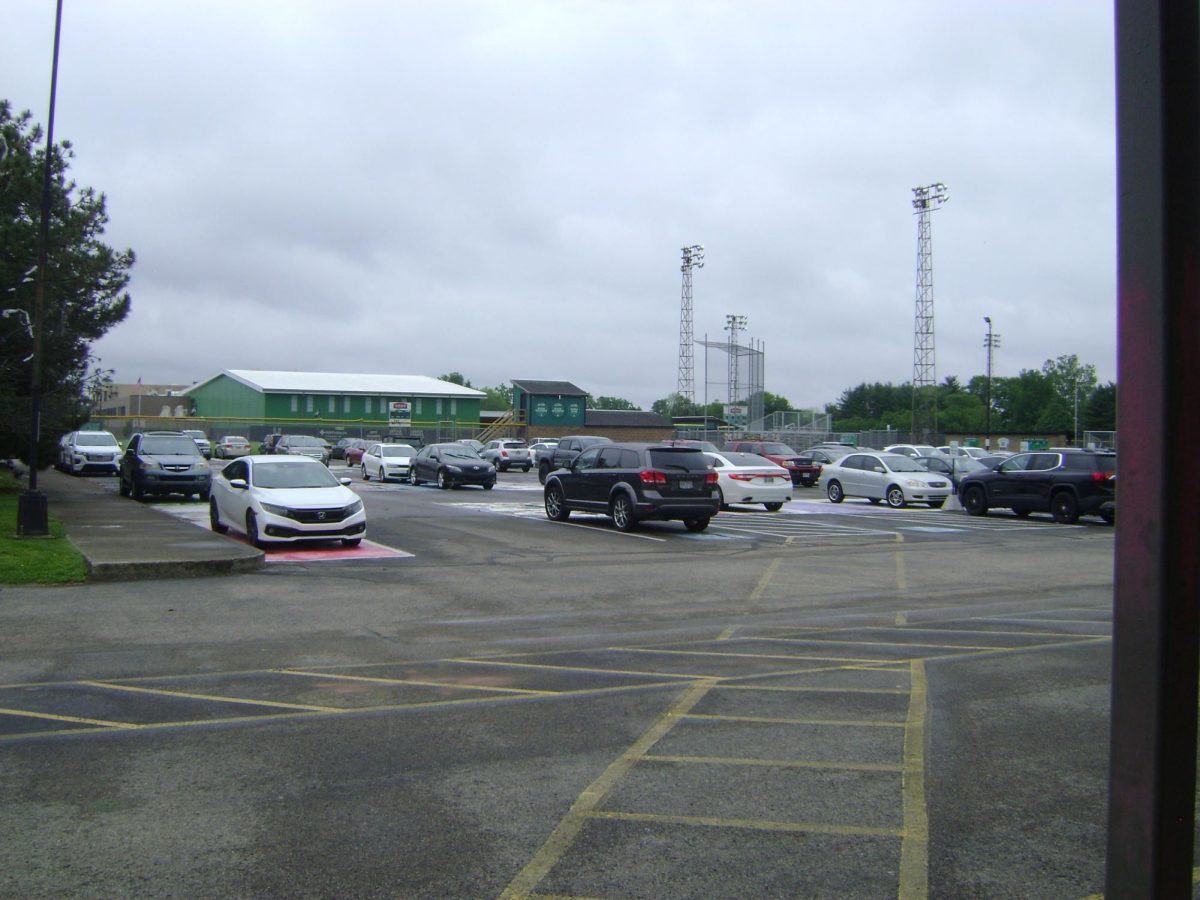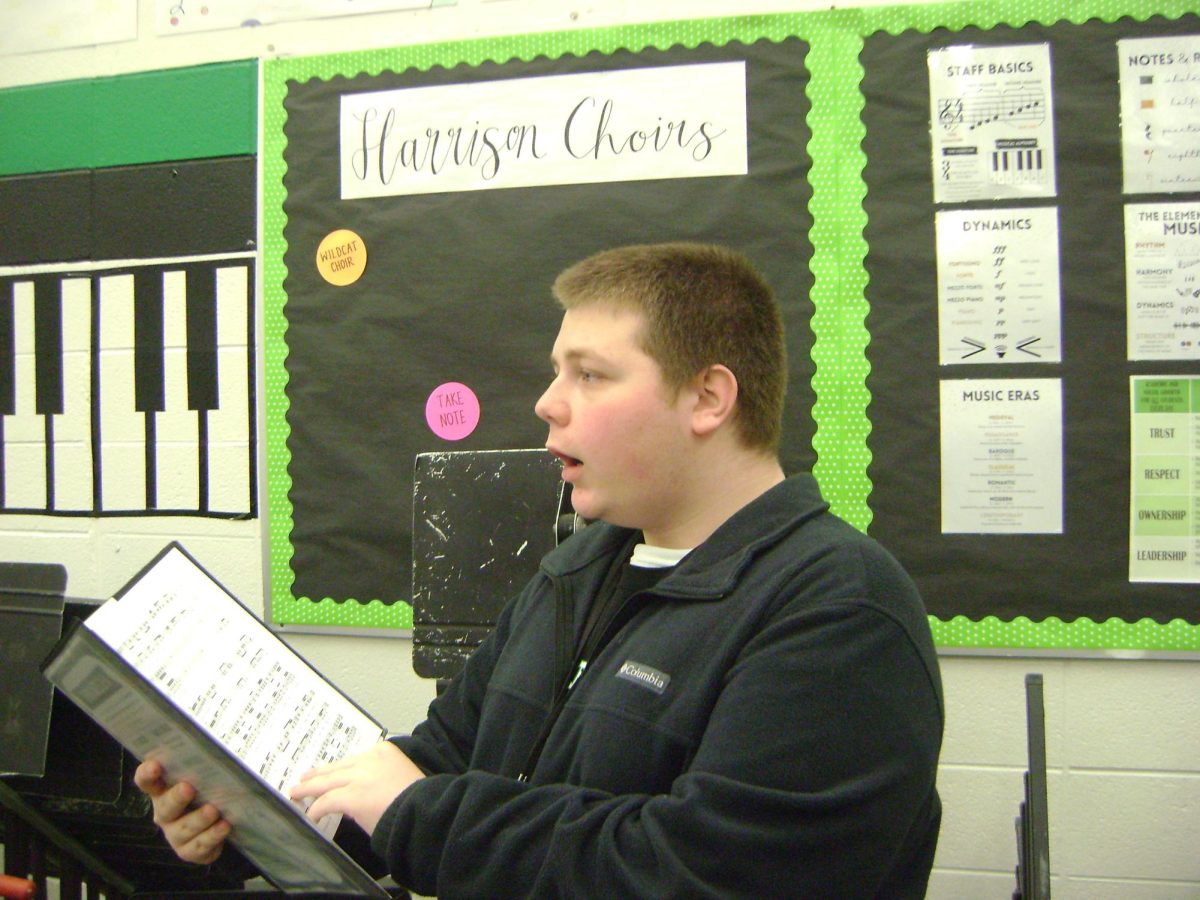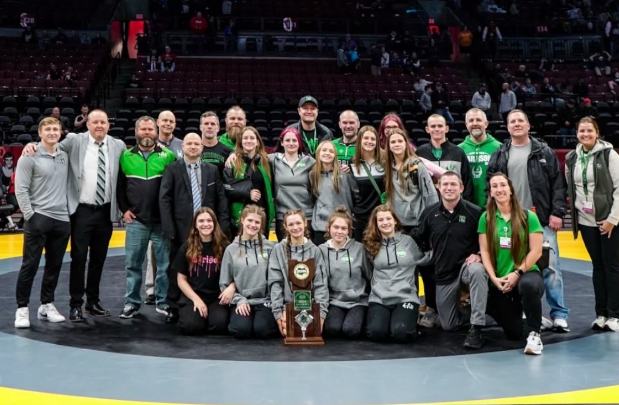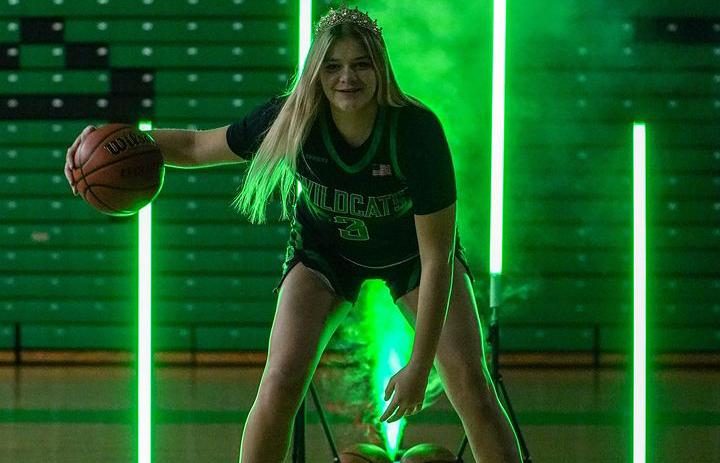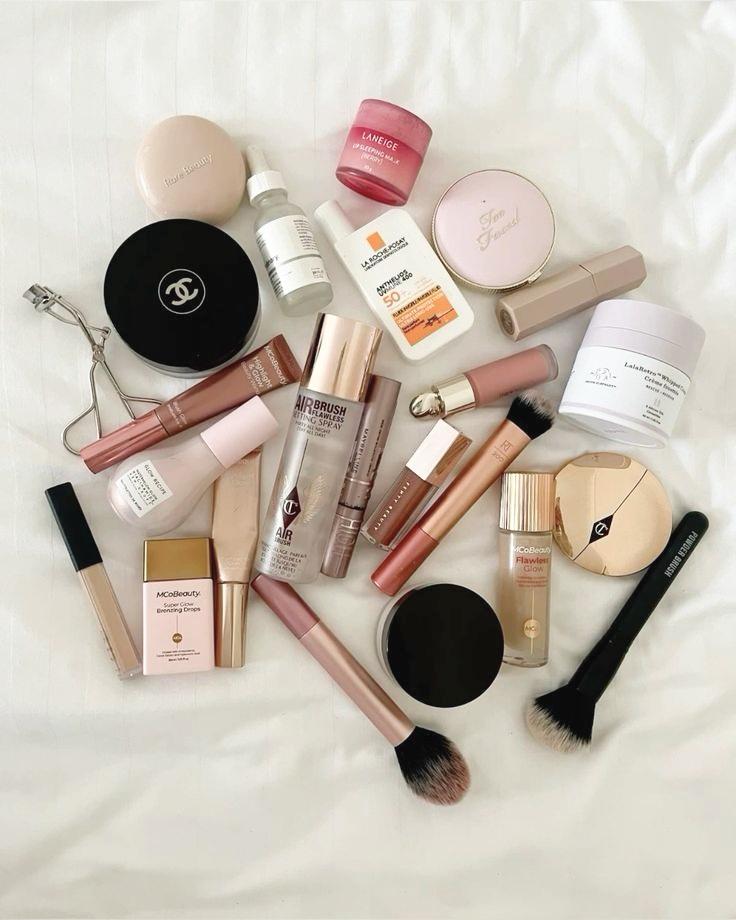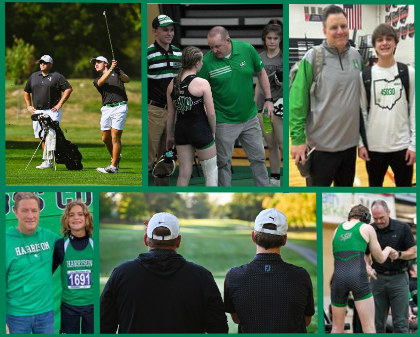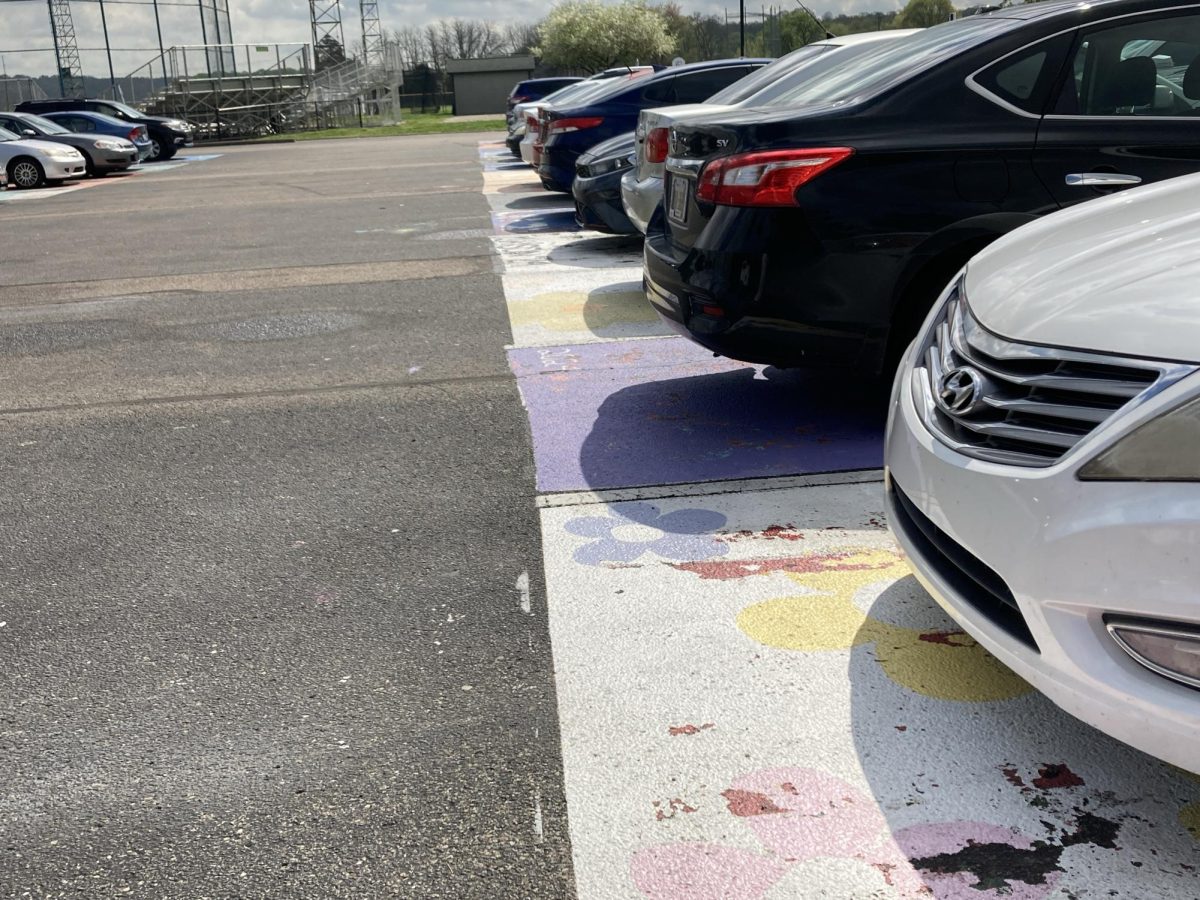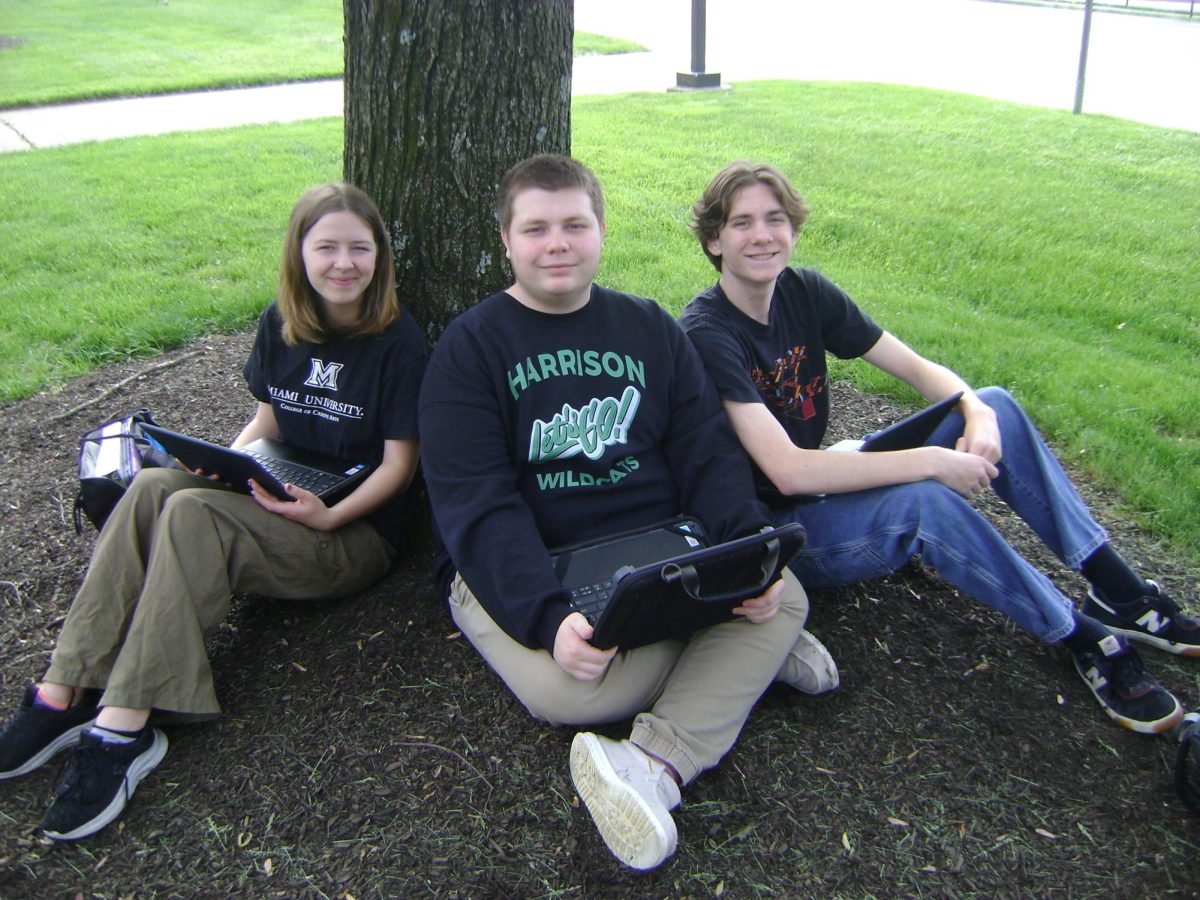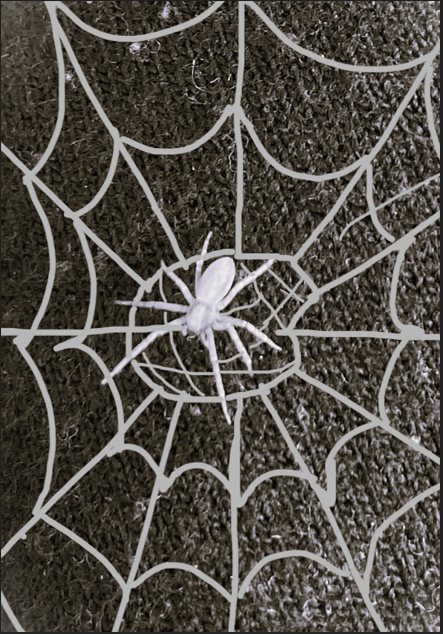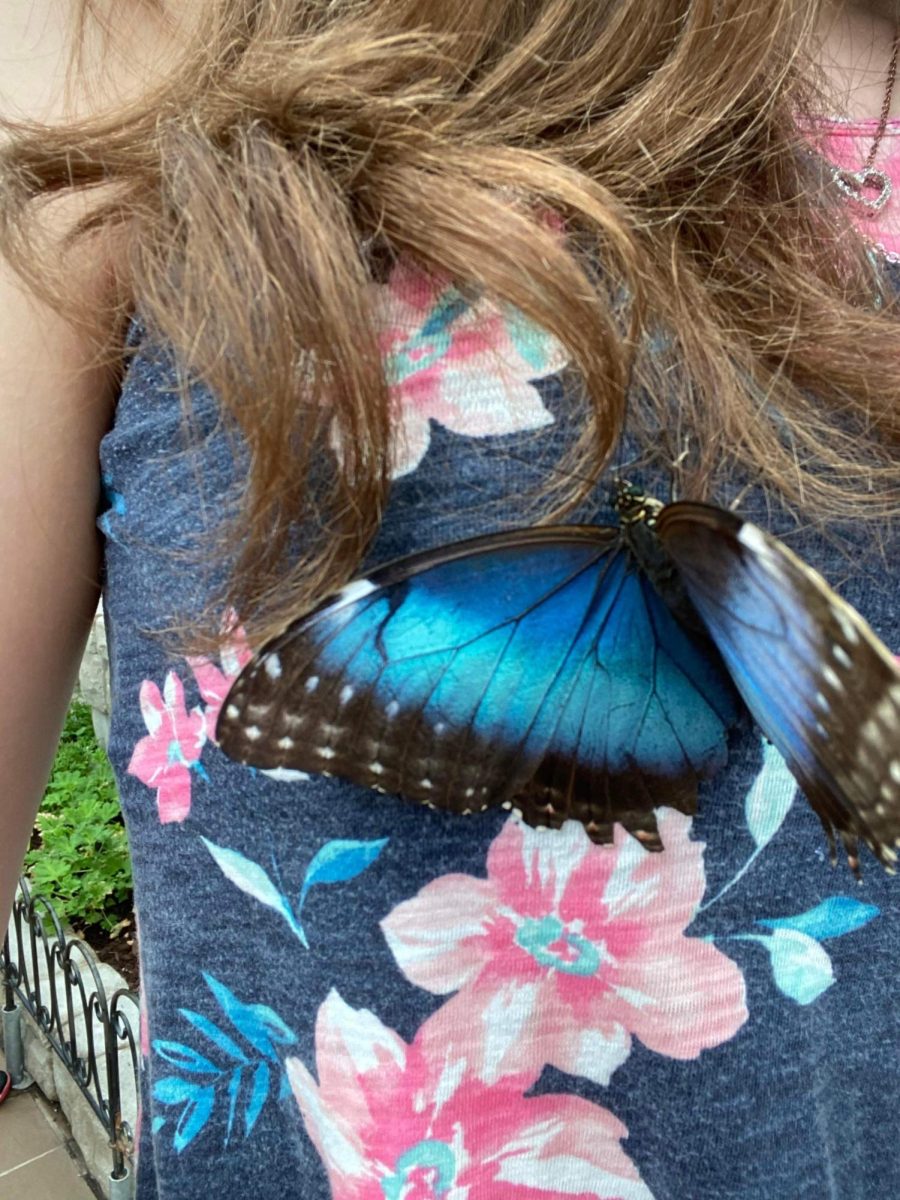Hell is a teenage girl, or so the saying goes. And as a teenage girl, it resonates. In a culture of increasing restrictions concerning women, rampant violence, and threatening ideologies, being a teenage girl is a uniquely terrifying experience.
Even worse- this experience often goes overlooked, with women in media often being hypersexualized, shallow, or played for laughs. Teenage girls are often seen as one note archetypes- reduced to singular character traits that lack the complexity of the real teen girl experience.
Central to that experience is the prevalence of sexual assault (SA) and violence against women. In a survey by the Rape, Abuse, and Incest National Networn (RAINN), they found that one in nine girls under the age of eighteen experience sexual abuse or assault. The large majority, 82%, of sexual abuse victims under eighteen are female. Sexual abuse, especially amongst teenage girls, is a serious issue. Females aged 16-19 are four times more likely to experience sexual violence than the general population. While every survivor has their own unique story, being a victim of SA has profound impacts on people’s lives. Survivors are much more susceptible to mental health issues, being four times as likely to abuse drugs or to experience PTSD, and three times as likely to experience major depressive episodes as adults. This isn’t an issue that people simply “get over.”
Naturally, the prevalence of violence against young girls leads to fear of victimization in many. It seems like every girl either has been victimized herself or knows a victim of SA. As one of my female classmates explained, “The statistics on how many people have been assaulted or know someone is astounding, especially for teenage girls. Everybody knows someone with a story.” The issue feels invasive, inescapable- like being a fly trapped in a spiderweb. I feel, like many other young women, that I am condemned to be eaten alive. It’s hard to look at the statistics- to know that, according to the Center for Disease Control, over 50% of women experience sexual violence in their lifetime, or to know that one in four women are victims of completed or attempted rape. Along with the fear of being victimized myself, I fear for the women I know.
However- this issue can be combated. Movements towards equality for women, notably the #MeToo movement, have promoted social awareness about SA and fought for better resources for survivors of SA. While these movements are beneficial and provide support for survivors, these social movements have shied away from a focus on preventative measures. This might stem from one simple fact- we are okay with viewing women as victims. We are not okay with viewing men as perpetrators, as rapists, criminals.
A common misconception about SA is that perpetrators are crazed deviants, strangers hiding behind bushes lying in wait for the perfect victim. This isn’t true. The US Department of Justice found that 73% of sexual assaults are perpetrated by a non-stranger, 28% by an intimate partner of the victim, and 7% by family members. Rapists are acquaintances, friends, partners, and family members.
To truly prevent SA, we must accept that fact. Placing the responsibility of prevention on victims will only help so much. A rape whistle isn’t an effective defensive against an overly pushy, manipulative boyfriend. What a victim is wearing doesn’t matter to misogynists who believe they have the right to a woman’s body. We must question not just the act of sexual violence itself, but the culture surrounding it. As stated by the University Of Alberta, “our foundational attitudes and beliefs can contribute to an environment where sexual violence is allowed to continue.”
One especially scary aspect of being a teenage girl is the hostile attitudes towards women being bolstered online. According to the Institute of Development Studies, between 15-68% of women have experienced technology-facilitated gender based violence. This violence can include cyber-harassment, hate speech, violent threats, unwanted sexually explicit content, intimate image abuse, and much more. Outside of the violence being perpetrated against women online, the communities promoting this violence are equally terrifying. One such community is the “manosphere”, which Laura Bates, founder of the Everyday Sexism Project, describes as “a sprawling network of websites, blogs, forums, podcasts, Youtube channels, and chat rooms… all propagating a vehemently misogynistic ideology.” These communities indoctrinate young men and boys, feeding off of loneliness, perceived threats to traditional masculinity, and a slew of other vulnerabilities. These communities give men a space to air their grievances- against women in particular. While seemingly harmless, the problematic views these spaces espouse have real world consequences. Not only do these spheres encourage members to carry out both physical and sexual violence against women, they have successfully driven men to do so in many instances. For example, in 2014 Elliot Rodger, a twenty-two year old deeply entrenched in the “manosphere”, killed six people and injured fourteen. He directly cited the influence of the manosphere as the motive for his crime in a manifesto posted on Youtube.
This community targets young men and boys, a fact which I find particularly unsettling. I notice myself questioning my peers- was that just an innocent (albeit slightly misogynistic) joke, or was that a Fruedian slip displaying the violent indoctrination happening to him right under our noses? It’s hard not to feel alienated from boys my age, a sentiment echoed by many other teen girls. One student stated “Guys can’t see me as just a friend, or they treat me as inherently less than.”
To the men involved in these communities, or who believe in the same rhetoric they espouse, I urge you to seek help through other avenues. Find resources for mental health support, and learn how to love yourself instead of hating women. Loneliness isn’t unescapable- in fact it’s very normal, especially as a teenager. Resorting to hatred and violence isn’t the solution.
Even for men not involved in these misogynistic communities- I urge you to carefully consider the way you view women. Do you see our thoughts, dreams, and goals, or do you see us for our body and nothing more? Another student expressed this, explaining “I don’t want to be seen as a cooking, cleaning, birthing machine. I want to be seen as what I am- a person.”
I urge you to challenge your perceptions toward women- and to see us as equals.
Central to changing these attitudes is education- for both young men and women. The CDC, in their Sexual Violence Prevention Resource for Action, supports that adolescents must be informed on safe dating and intimate relationship skills. Creating protective environments, mainly in schools, is key to changing the culture around and reducing sexual violence. The report explains “Improving safety and monitoring in schools- these approaches monitor and modify physical and social characteristics of the school environment to reduce SV (sexual violence) by addressing areas where students feel less safe, to identify safe spaces and staff support for students, and to create an atmosphere of intolerance for harassment and violence. Although these approaches can have an impact on their own, they can be implemented in conjunction with other efforts to educate, teach skills, and change social norms related to sexual and relationship violence in schools.”
Essentially, schools have both the opportunity and responsibility to prevent SA. Education is a powerful tool, and can be implemented to save both young men and women. When people know better, they do better.
In conclusion, being a teenage girl can be a scary experience that often goes overlooked. However, the issues facing young women are not insurmountable. If we work together to challenge harmful attitudes, confront painful realities, and promote education and awareness, we can create a world where young women feel just as safe and empowered as young men.
